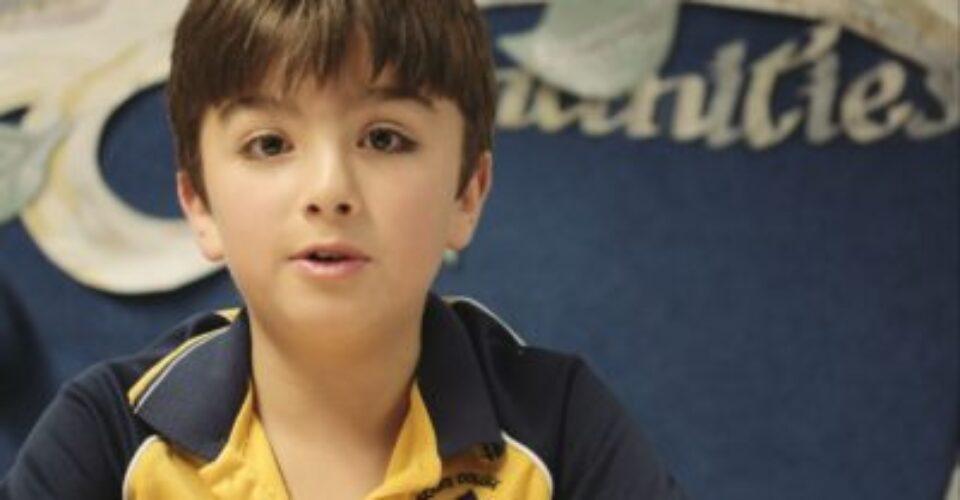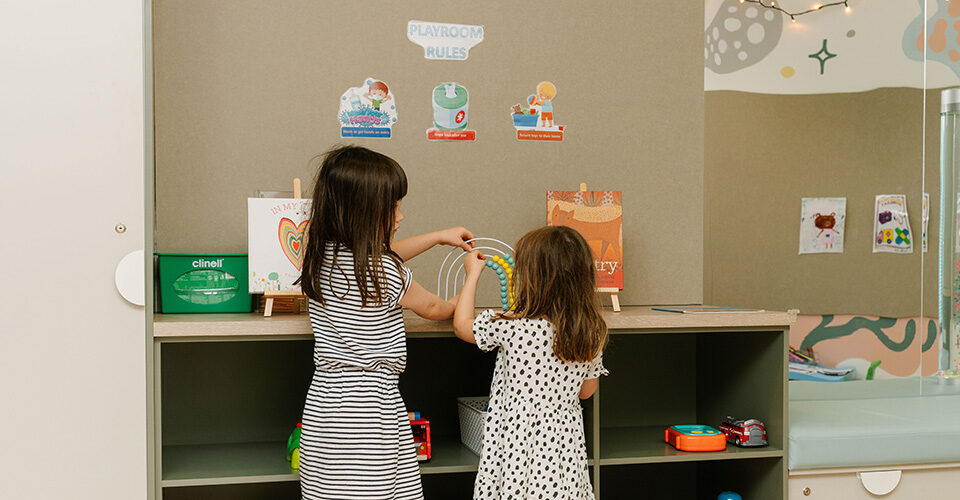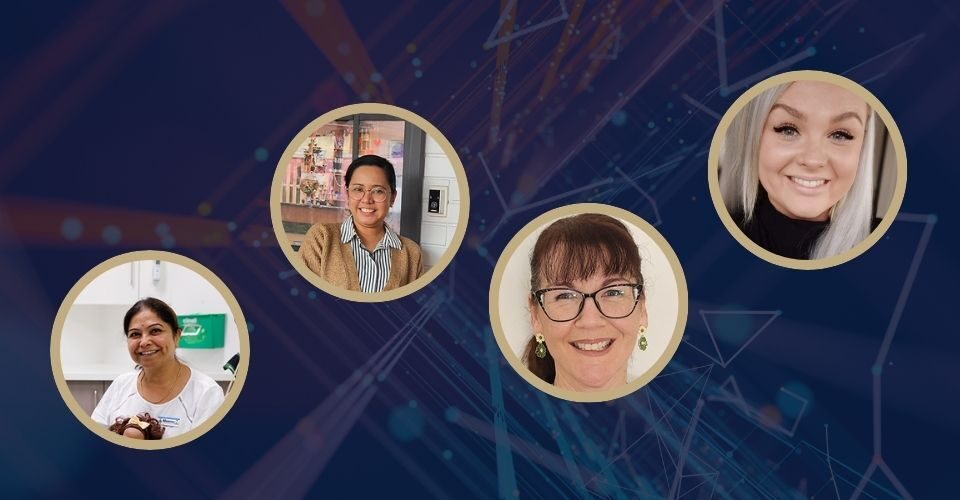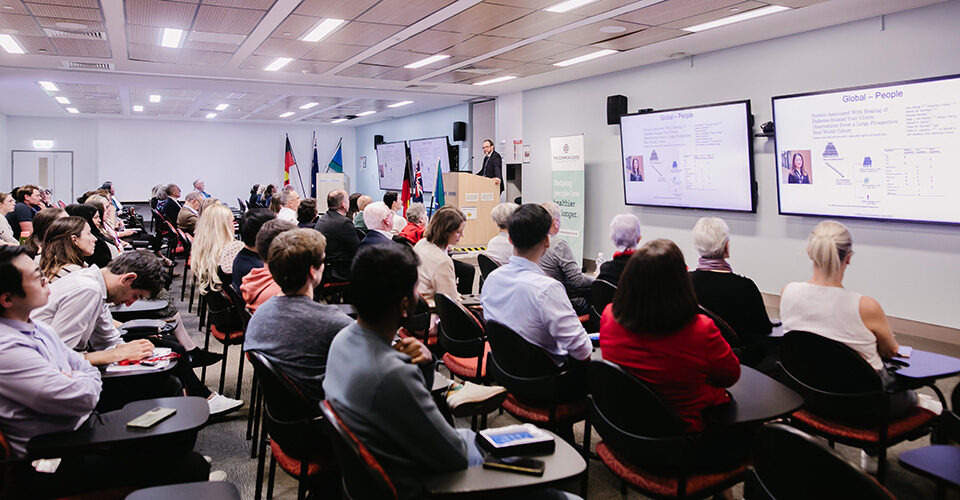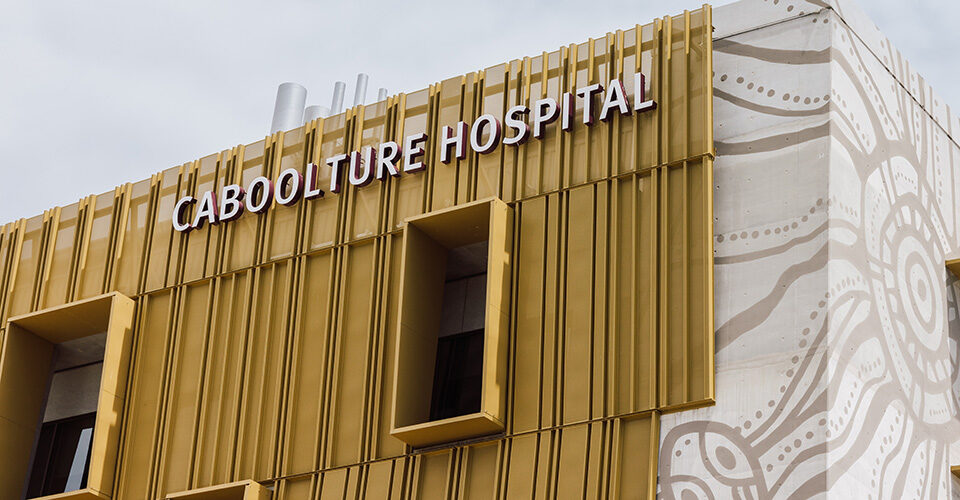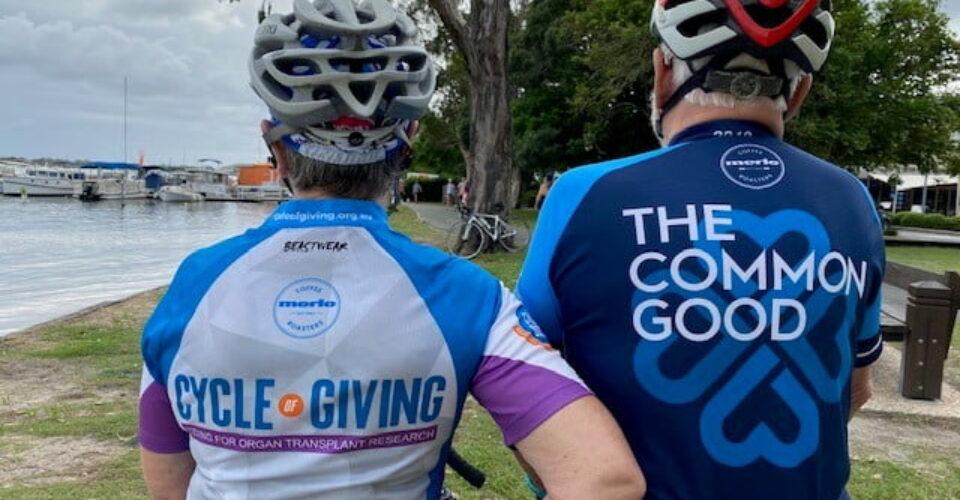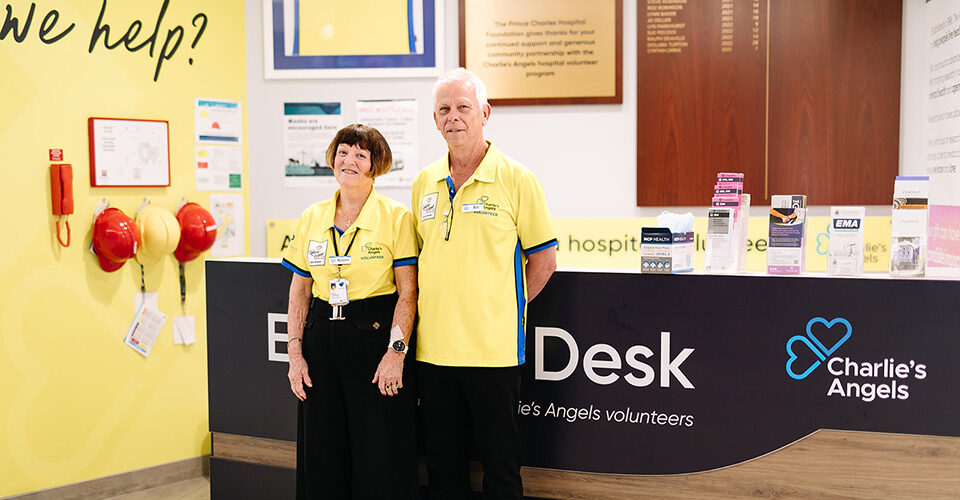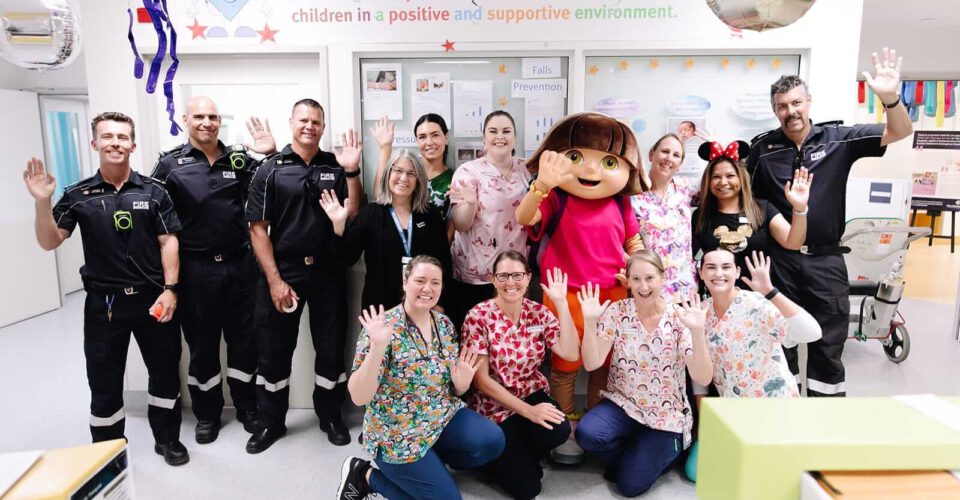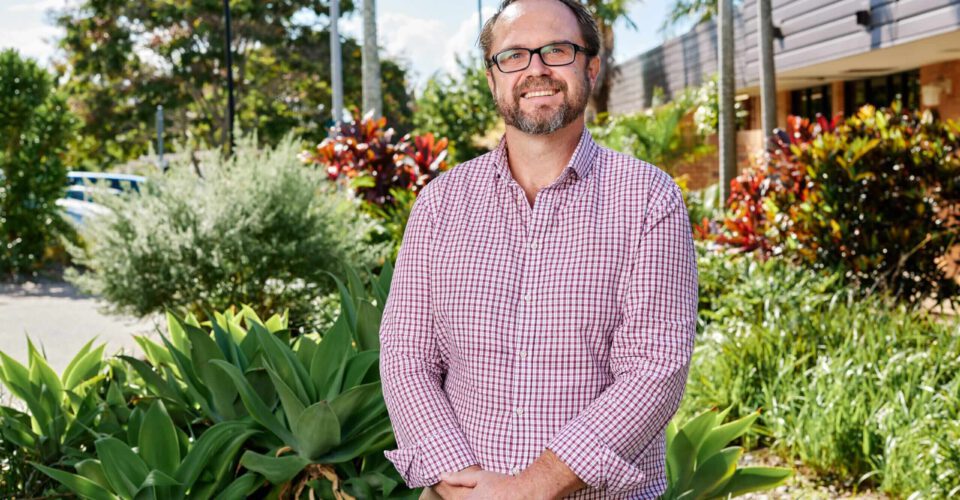Support Sterling’s Dream! Sterling is just 10 years old. He has a dream – to find a cure to Dementia.
When he was just 3 years old his Grandmother was admitted into a nursing home and since then he has always wanted to find a cure. Now he can – with your help.
Sterling is an Ambassador for The Common Good, and wants to inspire every-day people to power medical discoveries that can make the world better.
Sterling has a dream and he epitomises the issue that dementia affects everyone – even someone so young.
There is no cure for dementia. It can happen to anyone. Right now, there are more than 44 million sufferers worldwide, and that number is expected to treble by 2050. The impact this will have on individuals, their families and our health system will be devastating.
The search for a solution is underway, and a team at The Prince Charles Hospital is right at the forefront, working to identify the biological process that sets dementia in motion well before memory loss occurs.
Identifying Dementia – before it takes hold.
The dementia research project now known as “Sterling’s Dream” is being led by Dr Eamonn Eeles, Geriatrician & Dementia Researcher and his team: “Alzheimer’s disease (AD) is the most common form of dementia, accounting for up to 70% of all dementias. The program is inviting 50 patients with Alzheimer’s disease and 10 healthy individuals to participate in tests of function, including memory and brain scans.”
“Both Positron Emission Tomography (PET) and Magnetic Resonance Imaging (MRI) brain scans will be used in testing, and from the findings we will better understand if there are differences in the characteristics of healthy brains, compared with those with early stages of Alzheimer’s disease. In particular, these scans will provide new information on how the chemicals in the brain, called cholinergic transmitters, function in both health and Alzheimer’s disease. This is crucial in enabling us to identify which patients may respond better to treatments, and therefore help to target management of Alzheimer’s disease more effectively.”
“All participants will be scanned using state of the art brain imaging technology at the newly-established Herston Imaging Research Facility (HIRF) located at the Royal Brisbane and Women’s Hospital (RBWH). By using this innovative scanner, and a radioactive tracer, we will be able to directly measure chemical signals in the memory forming part of the brain. This imaging, together with the scans will give us the best look yet into the workings of the brain, and will enable us to better evaluate changes that happen with early onset of Alzheimer’s disease.”
“With the prospect of dementia reaching epidemic proportions in the not-too-distant future, a breakthrough from findings from Sterling’s dream will be critical.” adds Dr Eamonn Eeles.
Sterling’s Dream needs $1 million over the next 3 years to ensure this important research collaboration is able to be completed, and Sterling Nasa is determined to promote the need for Australians to donate money to make this important research a reality.
Sterling epitomises the impact that dementia has. While the disease affects older people its impact over many years has a huge impact on their loved ones – including the grandchildren. It is referred to as the long goodbye and to see someone you care for disappearing before your eyes is heart wrenching. Sterling’s Dream has the potential to catch the disease early. It has affected a young boy – and he is doing something about it. Help us turn helpless into hopeful.
Support The Common Good here.
